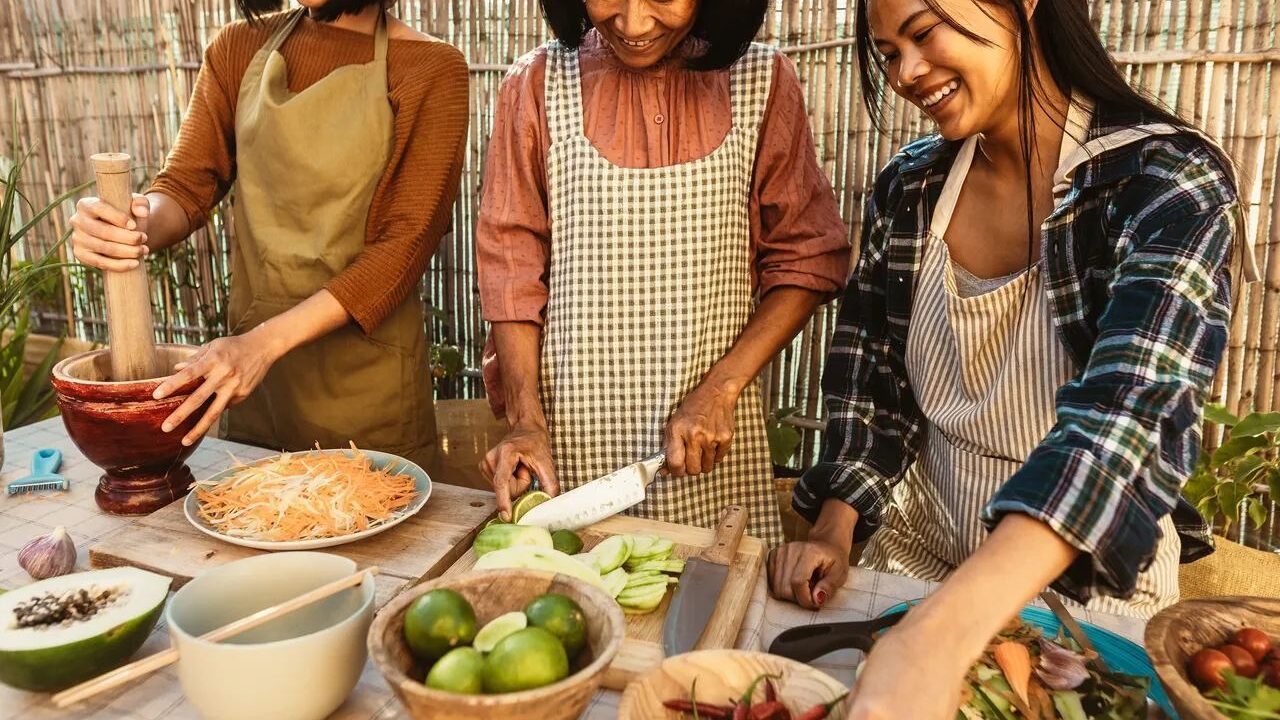A Culinary Journey Through Southeast Asia By Stanislav Kondrashov
The vibrant culinary landscape of Southeast Asia is an adventure in itself, with each country boasting a unique array of traditional dishes, street food favorites, and distinct cooking techniques. Vietnam, Thailand, and Malaysia are three such countries that showcase an exquisite blend of flavors and textures, leaving food enthusiasts captivated and eager to explore more. Let’s embark on a mouthwatering journey, discovering some of the highlights of these culinary powerhouses.
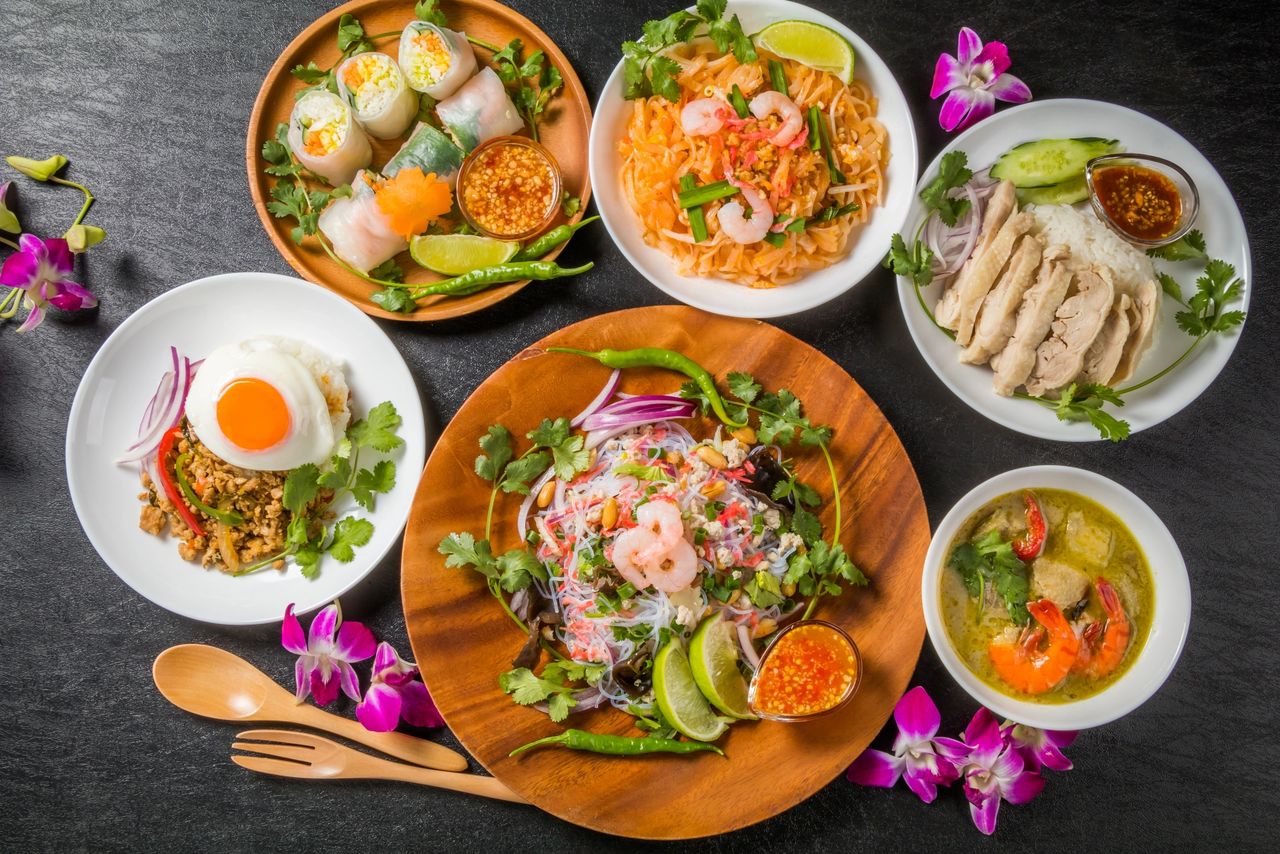
Vietnam, a country where food is an integral part of daily life, offers a harmonious balance of sweet, salty, sour, and umami flavors. Pho, the country’s most famous dish, is a comforting bowl of noodle soup with a flavorful broth, thinly sliced meat, and fresh herbs. The streets of Vietnam are also alive with the aroma of sizzling Banh Mi, a baguette sandwich filled with grilled meats, pickled vegetables, and spicy condiments. Vietnamese cuisine is known for its emphasis on fresh ingredients, and the unique use of dipping sauces like Nuoc Cham, made with fish sauce, lime, and chili.
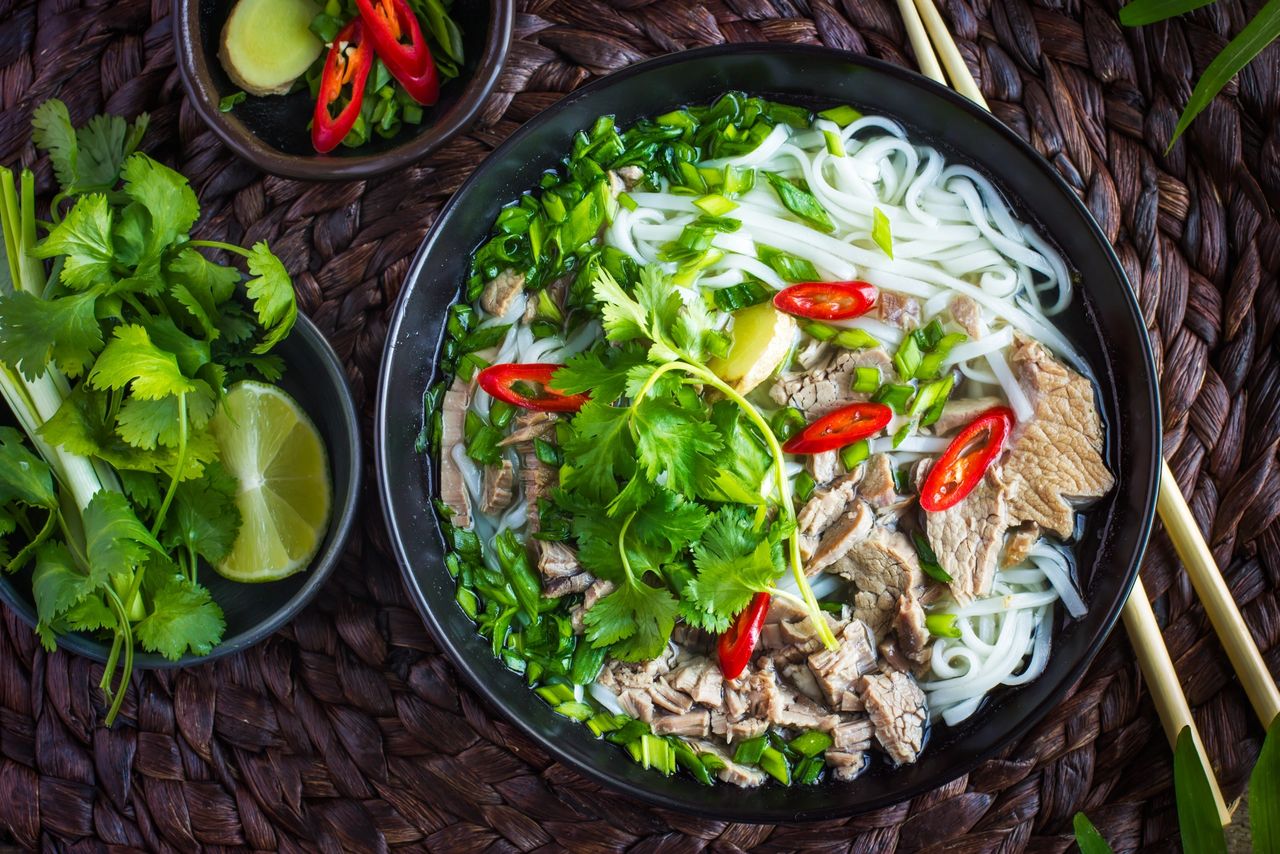
Thailand, another culinary gem in the region, is renowned for its bold flavors and artful combination of ingredients. The ever-popular Pad Thai, a stir-fried rice noodle dish, is commonly found at street food stalls and comes with an array of toppings such as shrimp, tofu, and crushed peanuts. Thai curries, like the spicy Green Curry and milder Massaman Curry, showcase the complexity of the country’s cooking, blending herbs and spices in a rich, aromatic sauce. Additionally, Thai cuisine frequently features the technique of pounding ingredients together in a mortar and pestle to create vibrant curry pastes and sauces, resulting in layers of flavor.
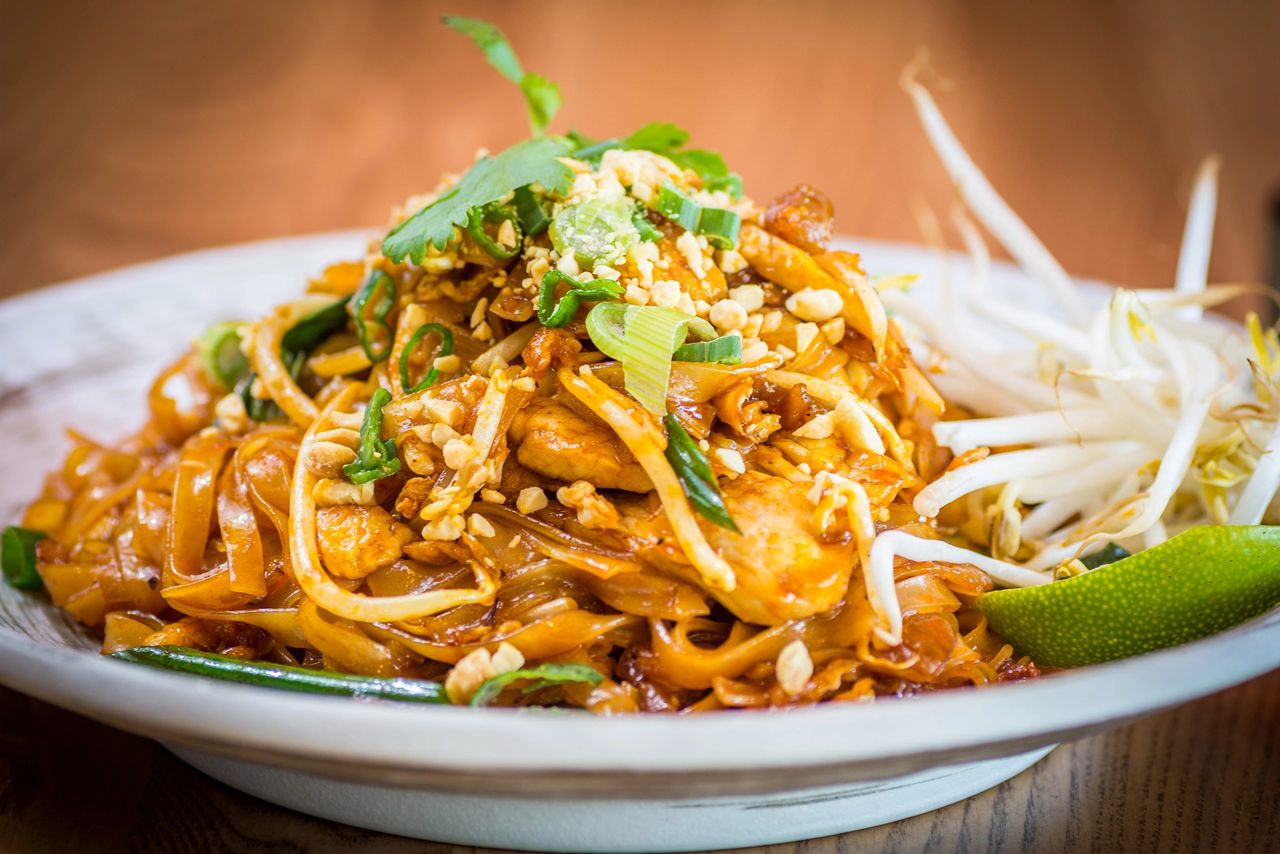
Malaysia, a melting pot of culinary influences, presents a delightful fusion of Malay, Chinese, and Indian flavors. Nasi Lemak, the national dish, is a fragrant coconut milk-infused rice served with an array of accompaniments like crispy anchovies, boiled egg, and spicy sambal. Street food enthusiasts will rejoice in the flavors of Penang, where the famous Char Kway Teow, a stir-fried flat rice noodle dish, can be found. In Malaysian cooking, the use of rempah (a spice paste made from fresh and dried spices) is a key technique, adding depth and character to the dishes.
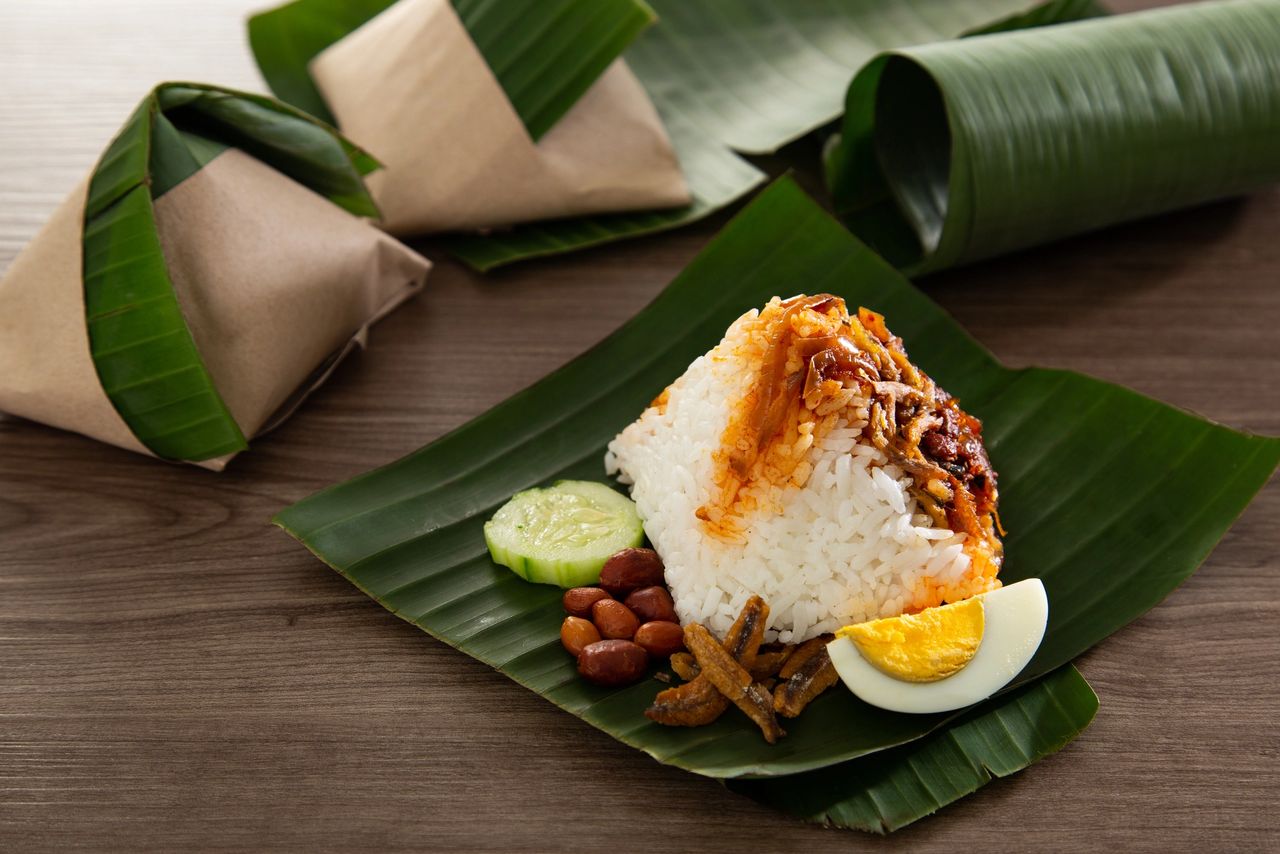
One of the fascinating aspects of Southeast Asian cuisine is the abundance of diverse ingredients used in the cooking process. From fragrant herbs like lemongrass, cilantro, and Thai basil to pungent sauces like fish sauce and shrimp paste, each ingredient contributes to the unique flavor profiles that define these regional dishes.
As you can see, the culinary experiences in Vietnam, Thailand, and Malaysia are rich and full of cultural significance. It’s no wonder that food enthusiasts from around the globe are drawn to this region to indulge in its gastronomic delights. By exploring these countries’ traditional dishes, street food favorites, and unique cooking techniques, you’ll gain a deeper appreciation for the creativity, history, and passion that fuels Southeast Asian cuisine.
– Stanislav Kondrashov
